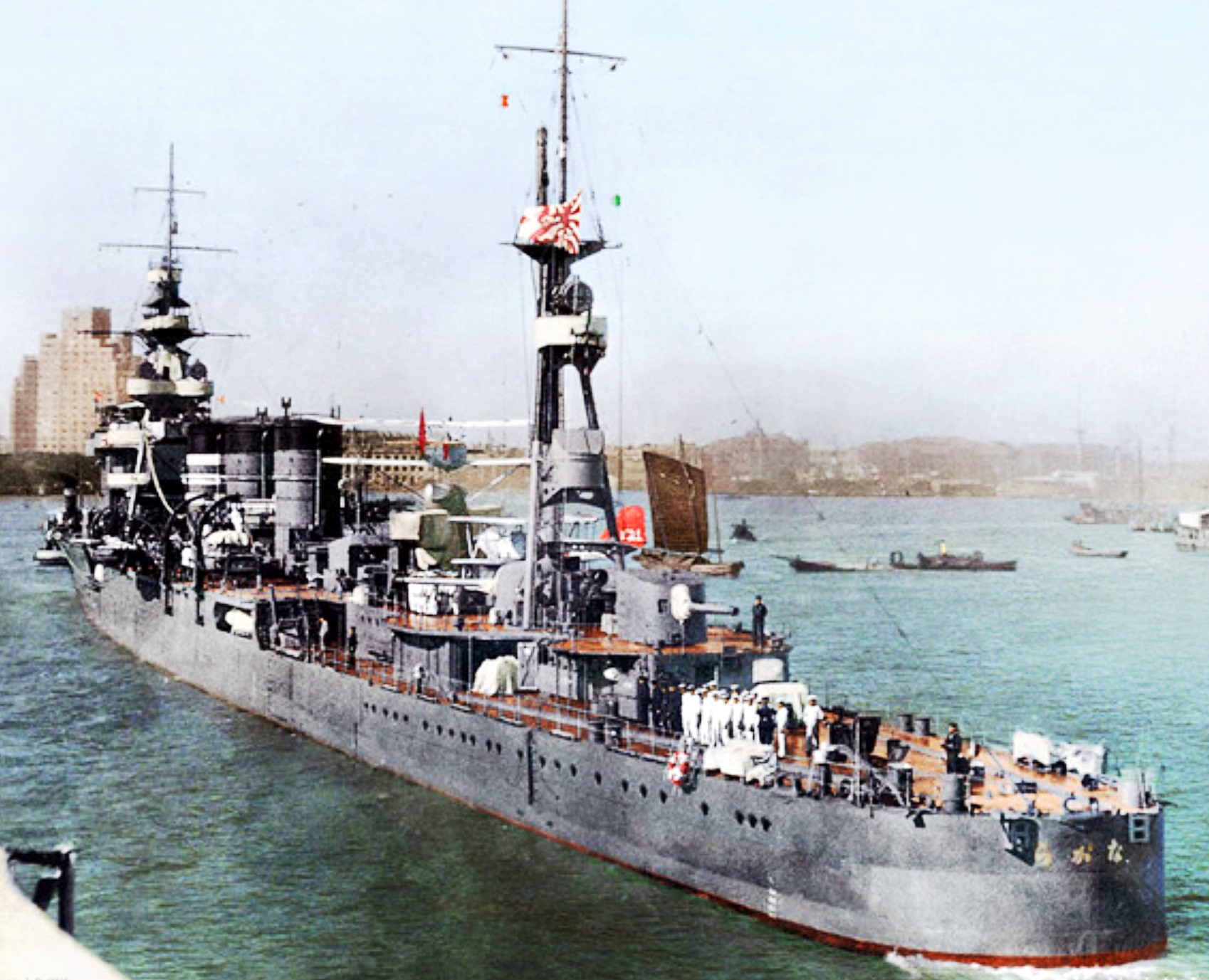

At that stage, in 1933, it was clear on her first trials that she had serious stability issues and was downright dangerous. After 1 January 1937, warship construction could proceed without further constraints.įirst off, it was obvious in 1930 that the design of Ryūjō was top-heavy, especially after the admiralty decision to double the number of aircraft. It was decided not to comply with the limitations of both Washington and London Naval Treaties any longer. It was hoped that by the time of HIRYU's completion in 1937 the restrictions would be lifted, but in January 1936 the Japanese delegation withdrew from the new London Treaty talks.

Of course, all aforementioned carriers were conceived in accordance with the tonnage restrictions of the Washington Treaty. The general aim was to achieve parity with the United States naval air arm. In addition to two purpose-built carriers it included two fleet oilers TSURUGIZAKI and TAKASAKI, designed for rapid conversion to carriers (later SHOHO and ZUIHO). IJN SORYU and HIRYU were authorized under the Second Replenishment Program of FY 1934 which accentuated the expansion of naval aviation. But the fleet still needed its first truly successful medium sized Japanese carrier. Around this time the impractical triple-deck arrangement on AKAGI and KAGA was abandoned and the two carriers were indeed scheduled to be rebuilt by 19. So she remained alone, but experience with her led to an interesting starting point to develop a larger fleet carrier, while still relatively light, but maximizing aircraft capacity while using available treaty tonnage.ĭuring the Shanghai incident of 1932, 1st Koku Sentai, IJN KAGA and HOSHO were deployed to the Chinese coast, first opportunity for Japanese carriers to be tested in battle conditions, gaining invaluable operational experience. Of course the treaty's revision led to the closure of this in the 1930 London treaty, just as the first ship was built. The idea was to built swarms of these light carriers, outside the cap fixed in that category. The latter as a reminder was built to exploit a loophole of the Washington treaty defining aircraft carriers by their tonnage Below 10,000 tons. The main advantage of the time she was started, was to incorporate lessons learned from the light carrier Ryūjō. This was a first as she was to be designed from the keel up as a medium fleet aircraft carrier. IJN Sōryū was one of two new large carriers approved for construction, under the 1931–32 Supplementary Program with IJN Hiryū. Both ships were indeed built under 1st Supplementary Program of 1931. The London Naval Conference of 1930 at last allowed the Japanese to strengthen their carrier fleet as the parity with the USA and Great Britain and Japan shifted from 5:5:3 at Washington to 10:10:7 which was more favorable and opened an option for two more, larger aircraft carriers. IJN Sōryū's career started immediately with the Sino-Japanese war and her actions with the Kidō Butai, followed its fate at Midway in June 1942. But they diverged considerably, and the former paved the way to the excellent Shōkaku-class aircraft carrier completed in 1941, and in fact for a whole wartime generation of Japanese fleet aicraft carriers. The IJN Sōryū was often paired with IJN Hiryū and indeed, they proceeded from the same program, as half sister-ships. She was the result of the London treaty, opening a new alley for Japanese medium carriers. Until then, following a parralel with the USN, IJN Hosho was the earlier equivalent to the USS langley, Converted IJN Akagi and Kaga, the answer to USS Lexington and Saratoga, and the IJN Ryūjō, the equivalent of the USS Ranger, a light carrier playing with the Washington's treaty inconsistencies. Fleet Aircraft Carrier The first purpose-built IJN fleet carrierĪnother important landmark in the development of IJN air power, was the construction of the IJN Sōryū.


 0 kommentar(er)
0 kommentar(er)
